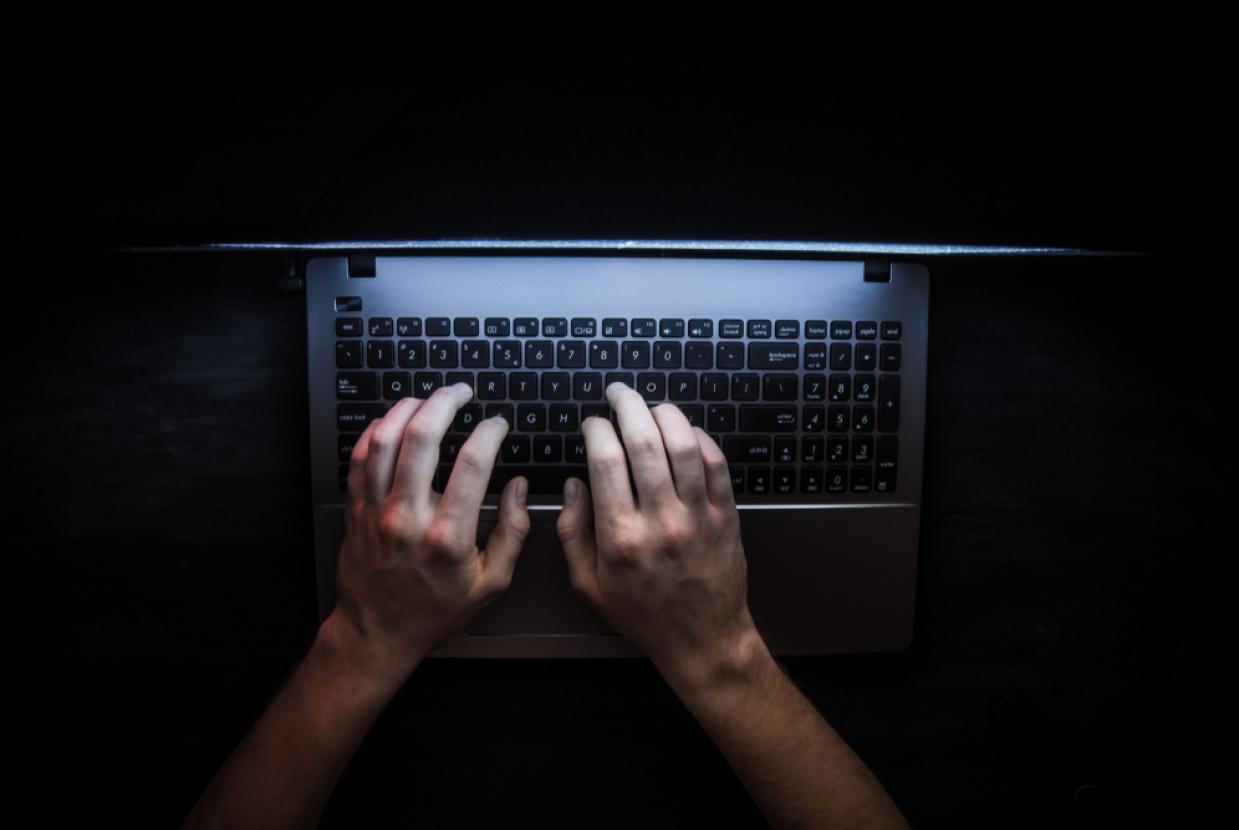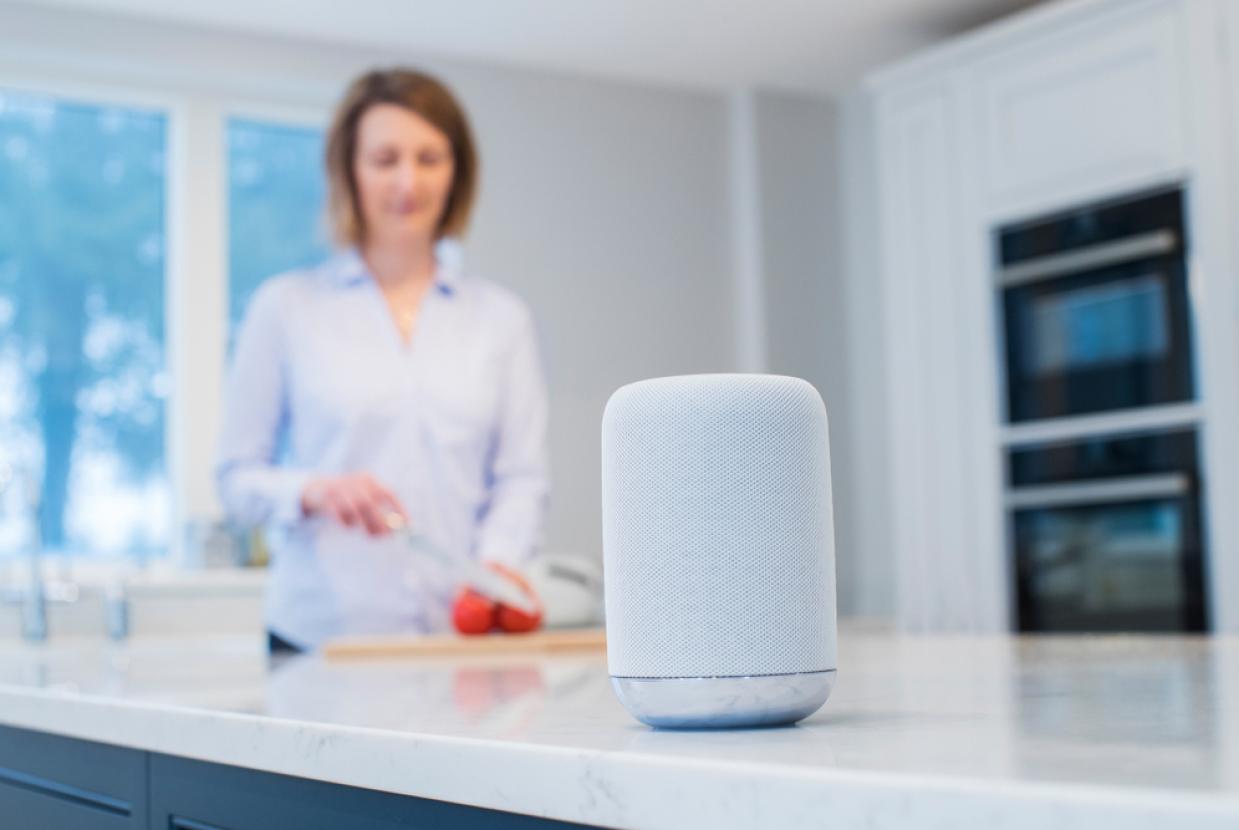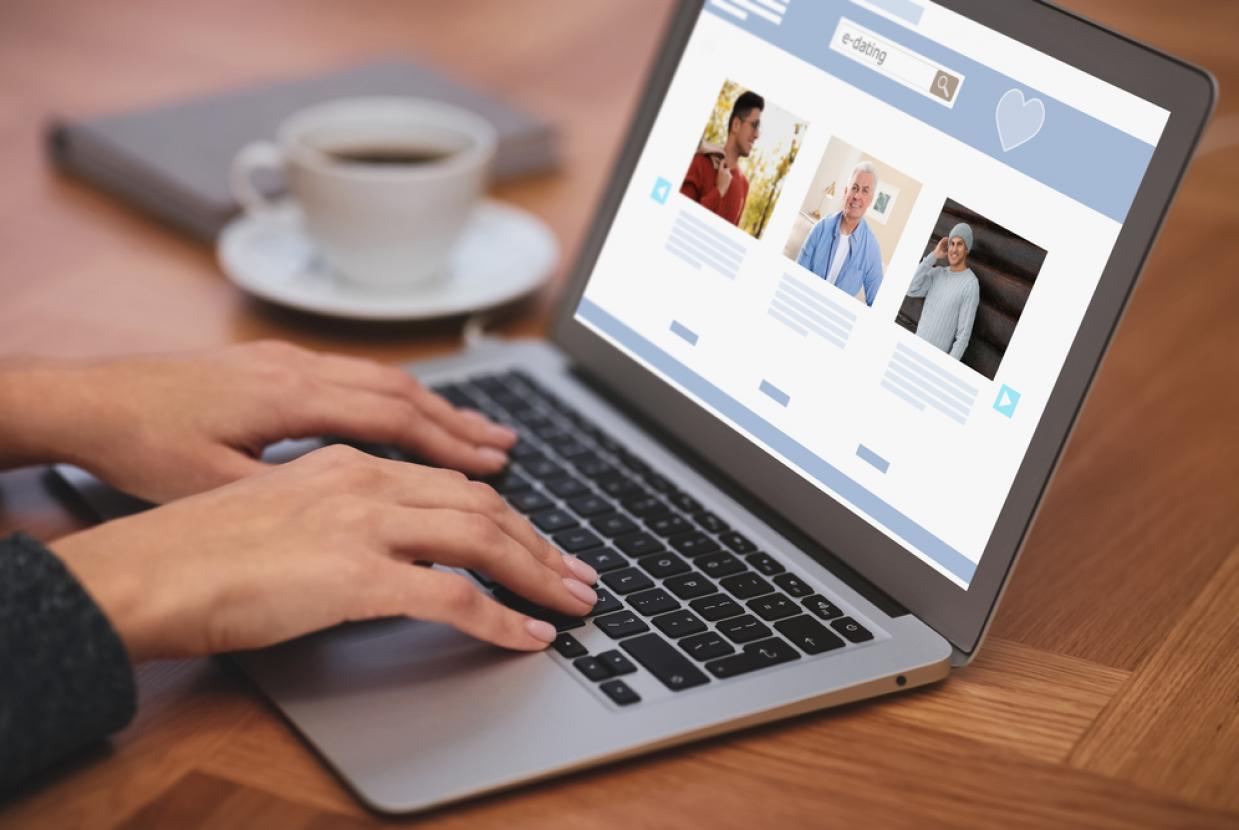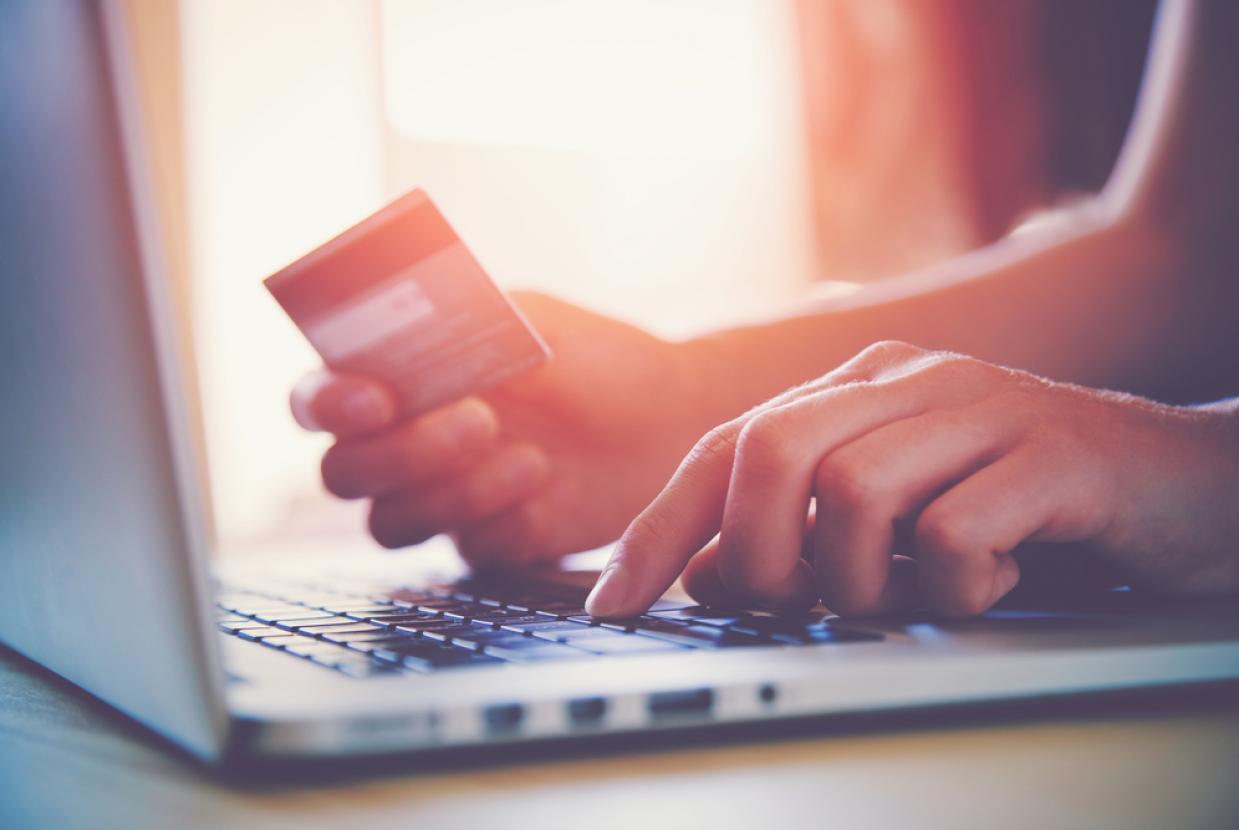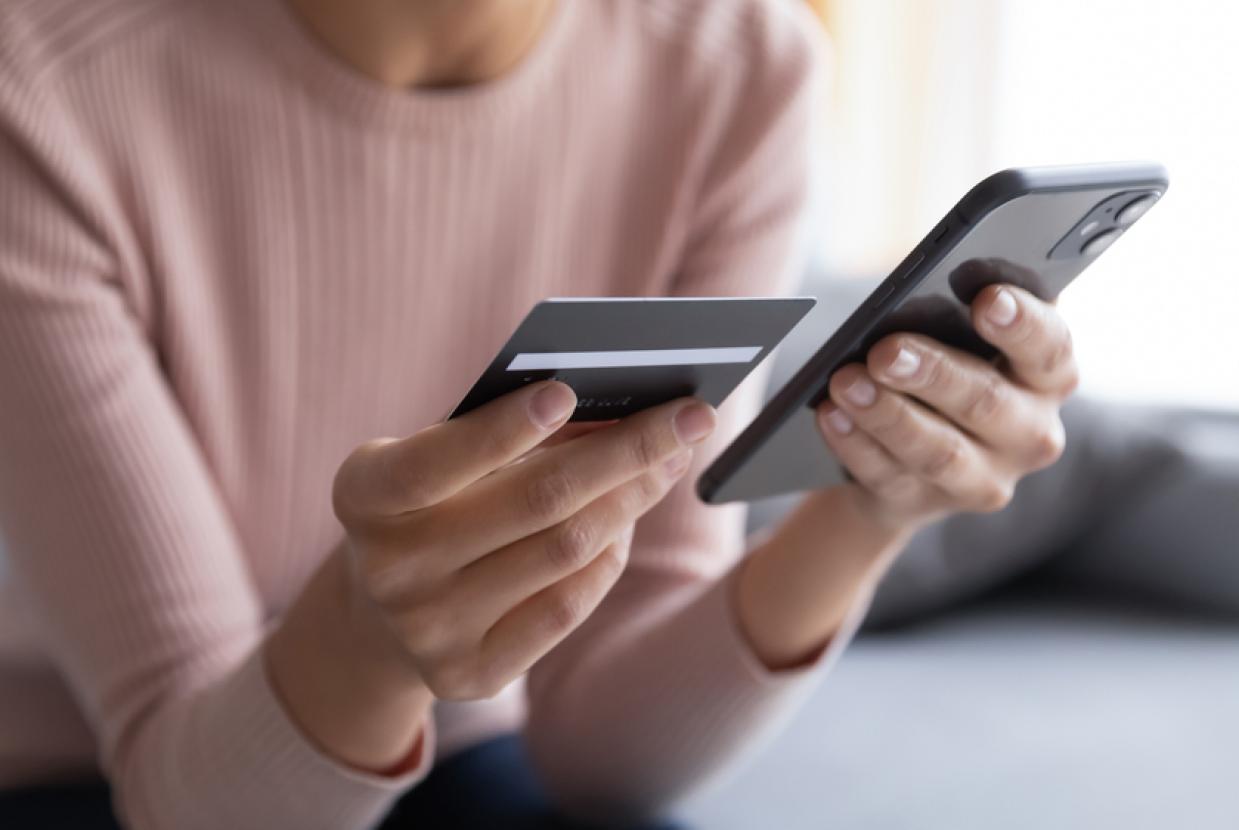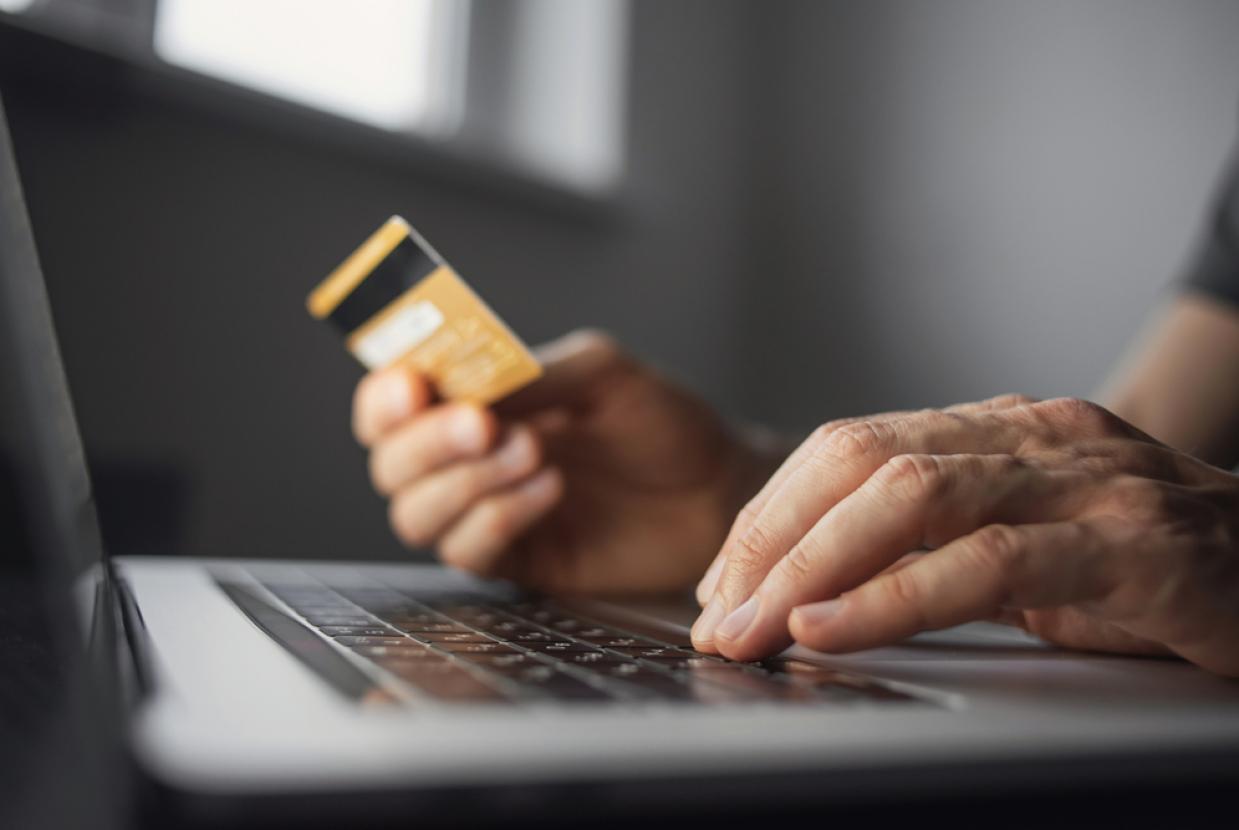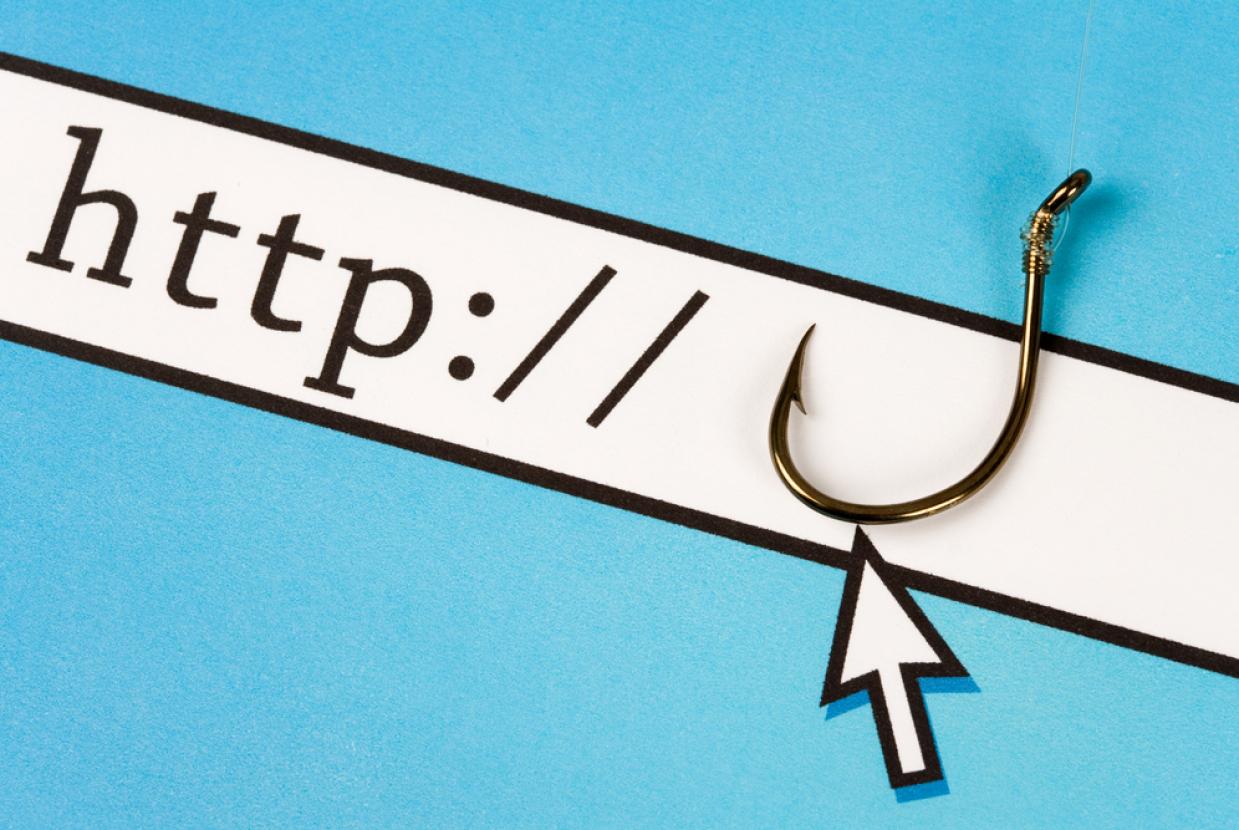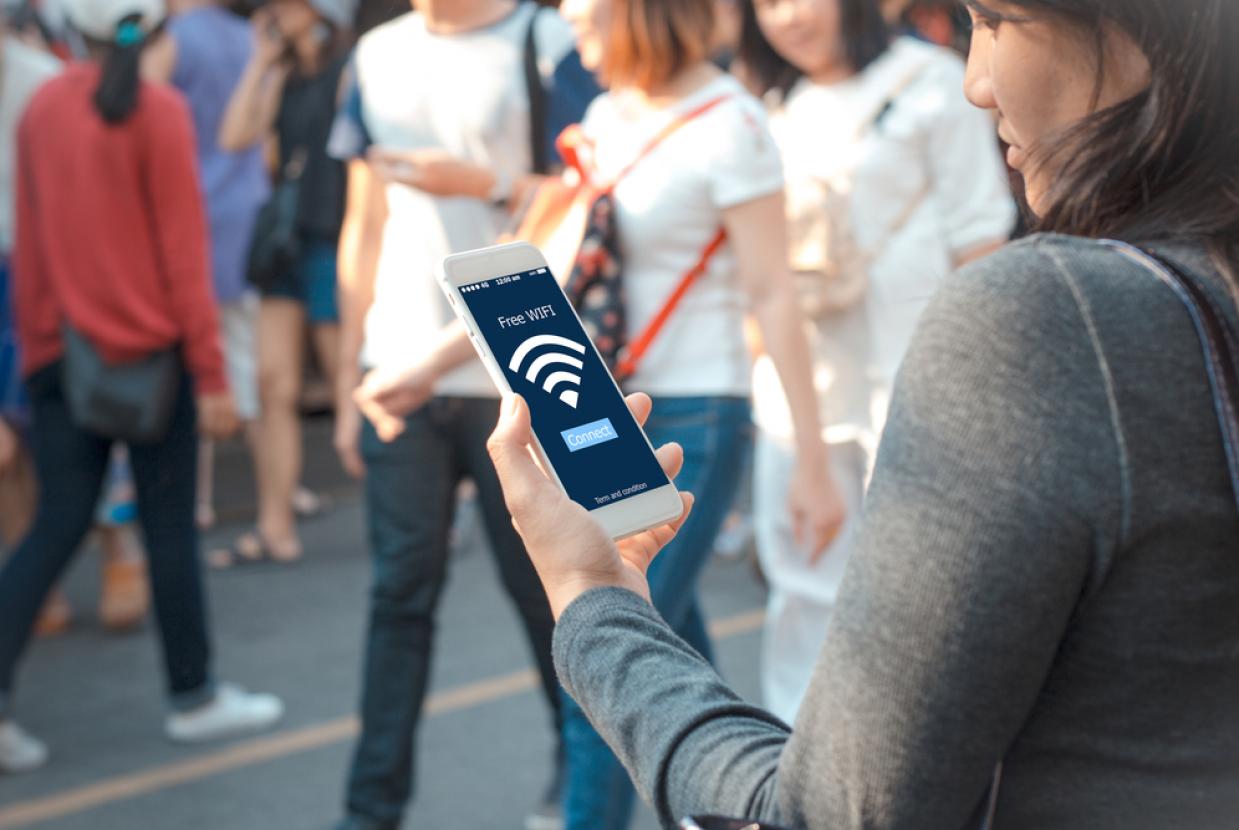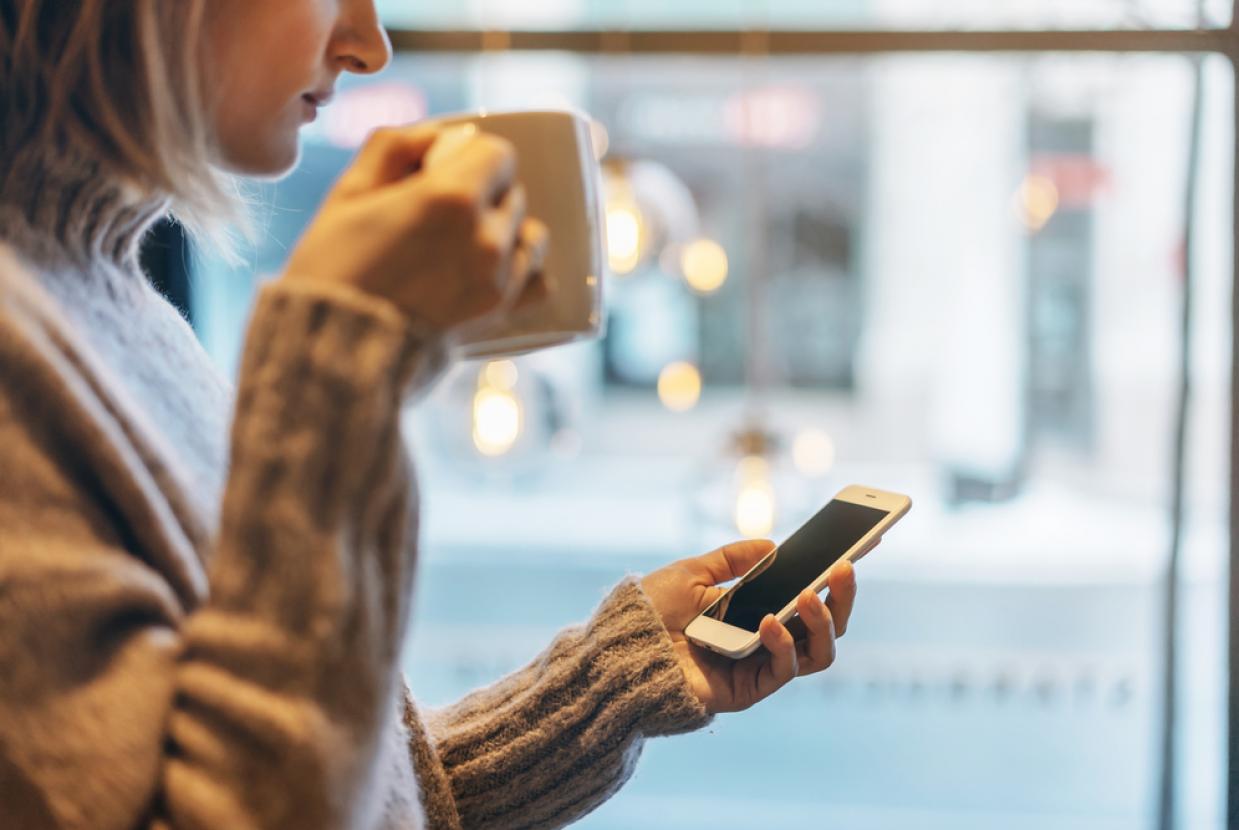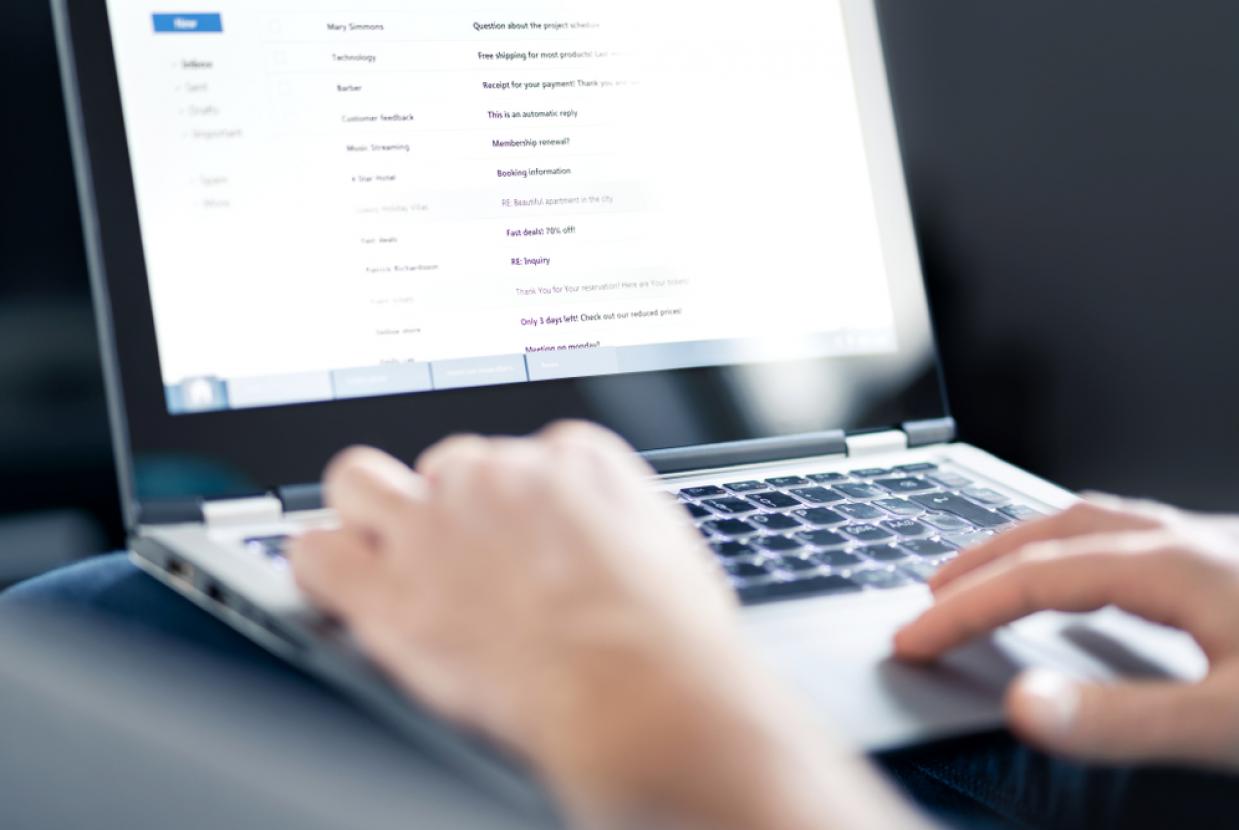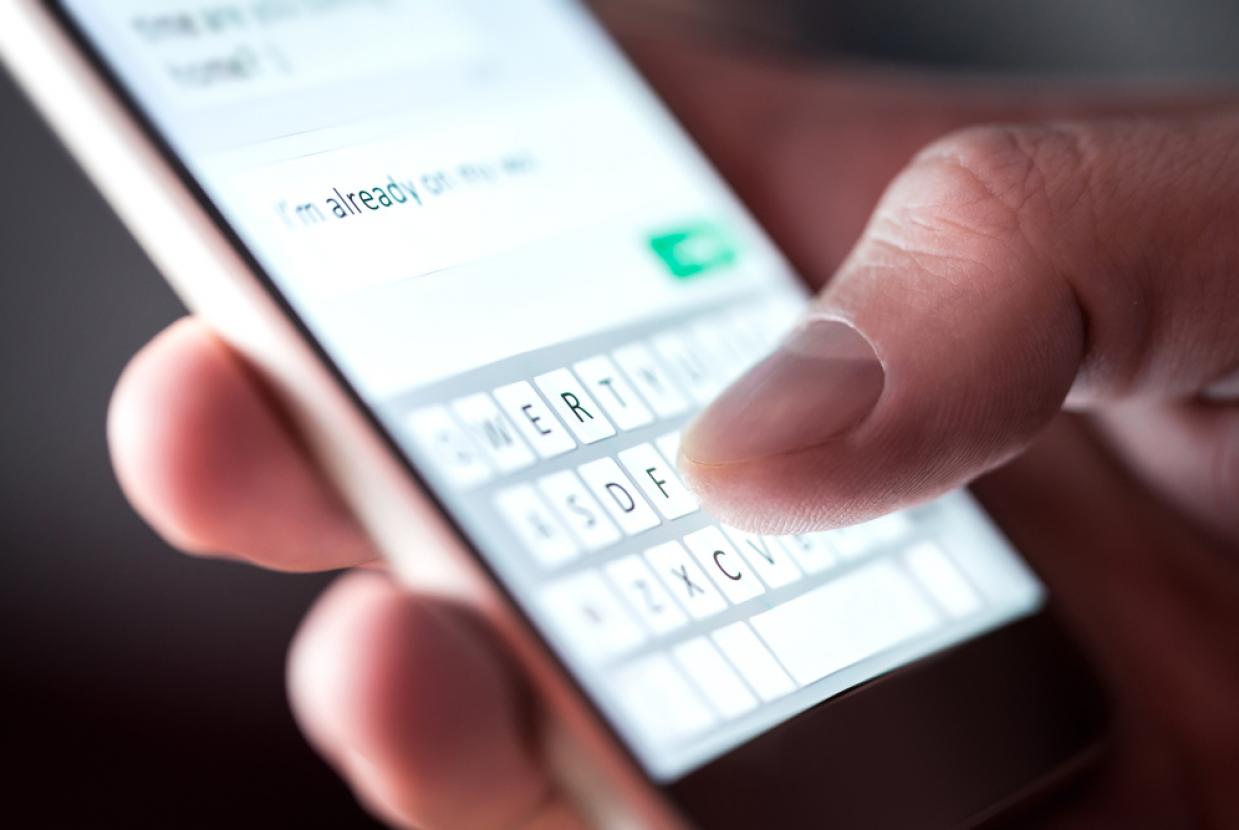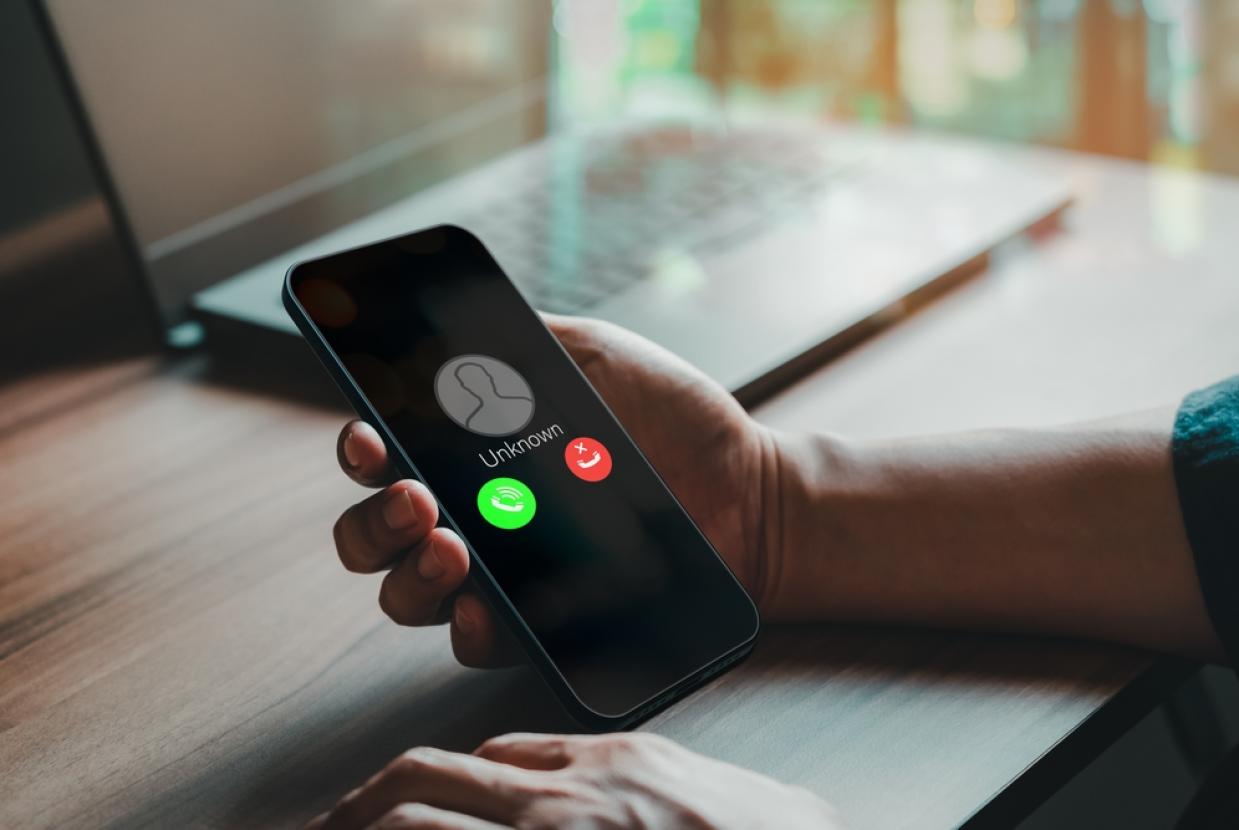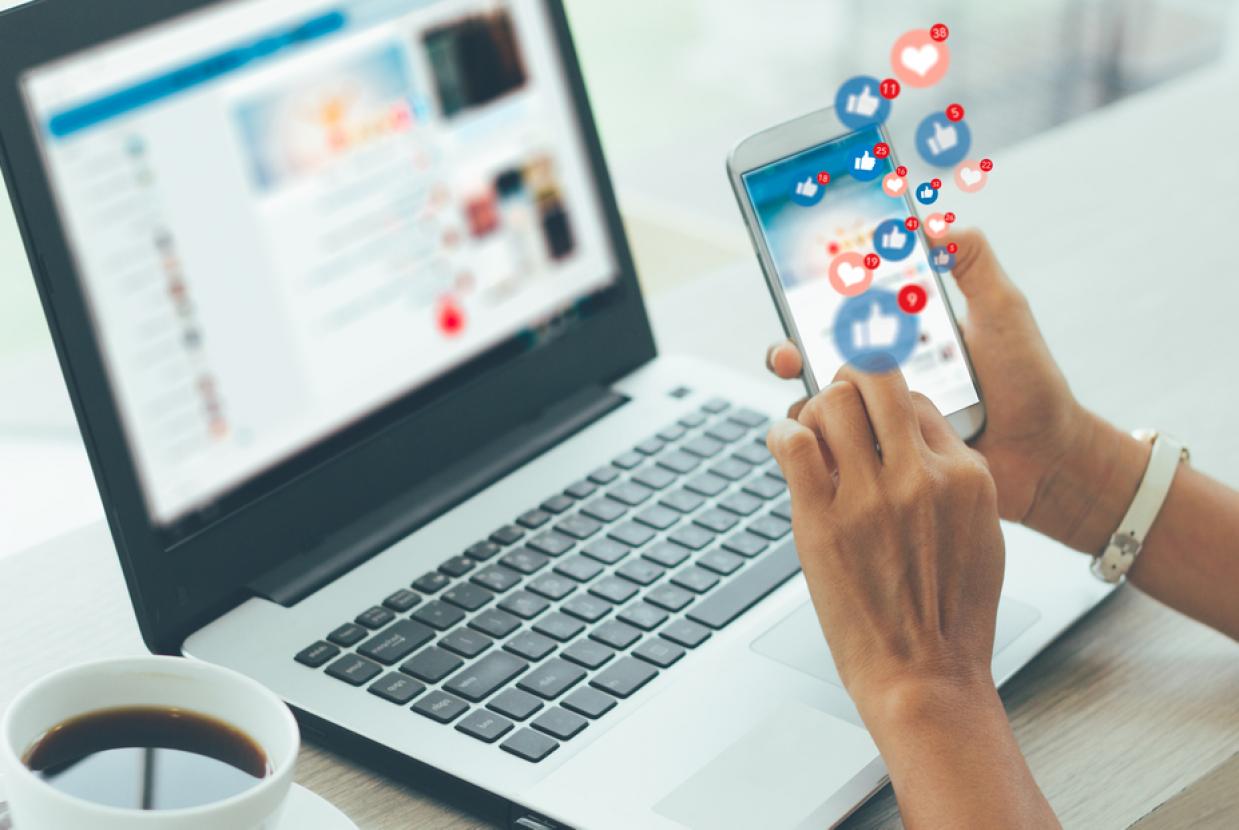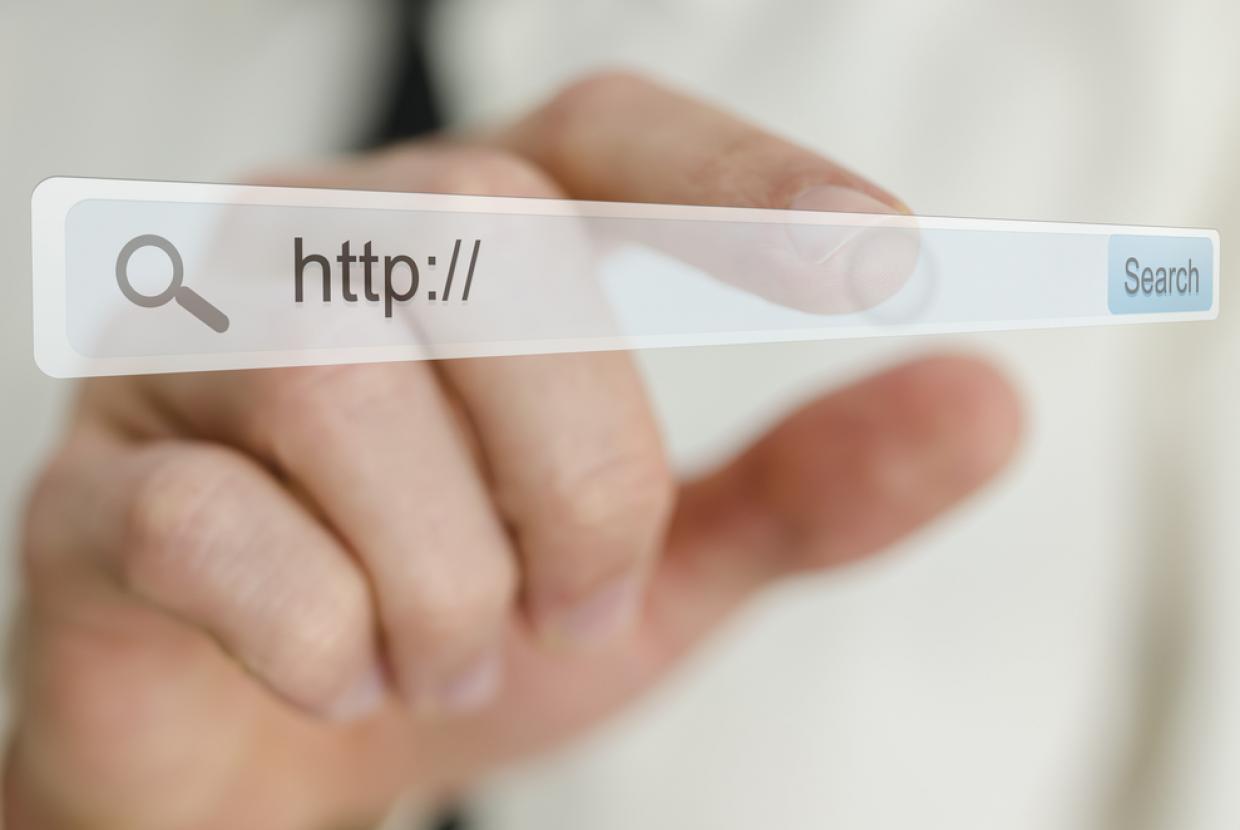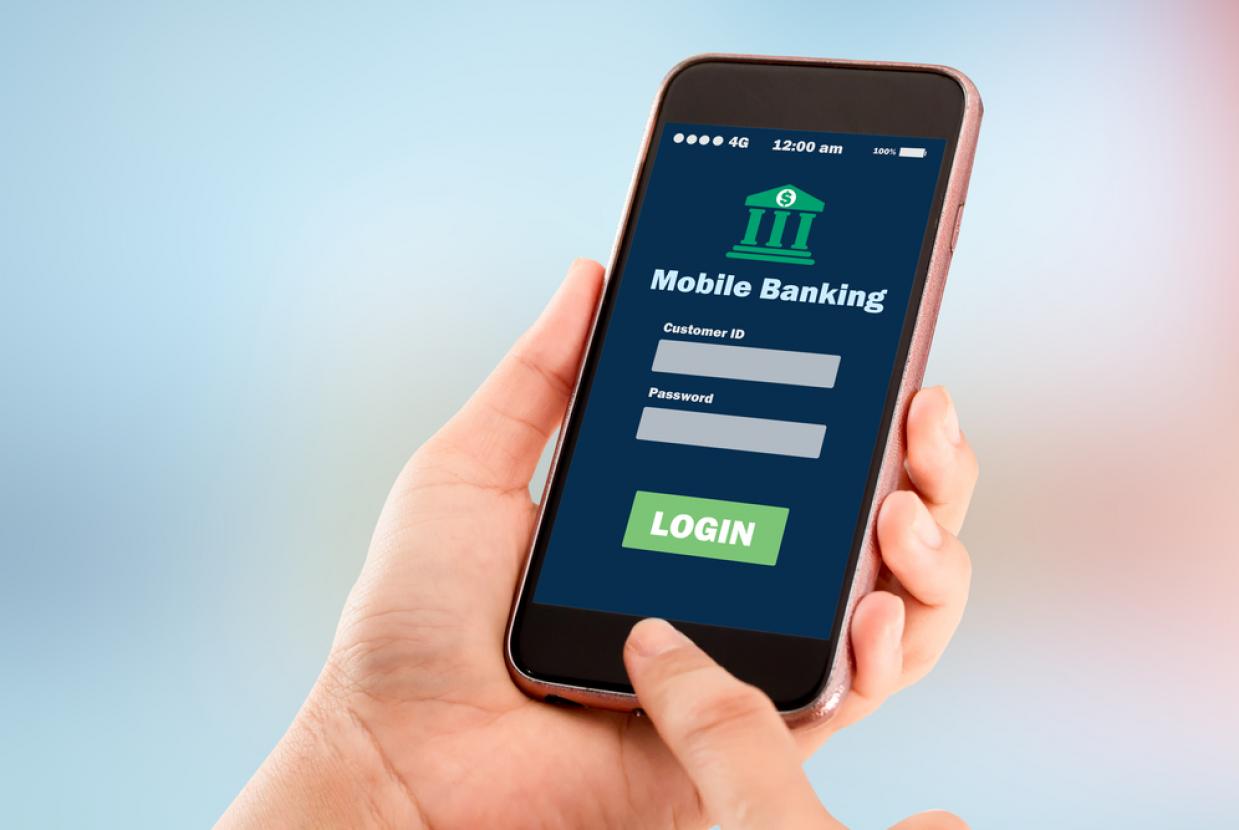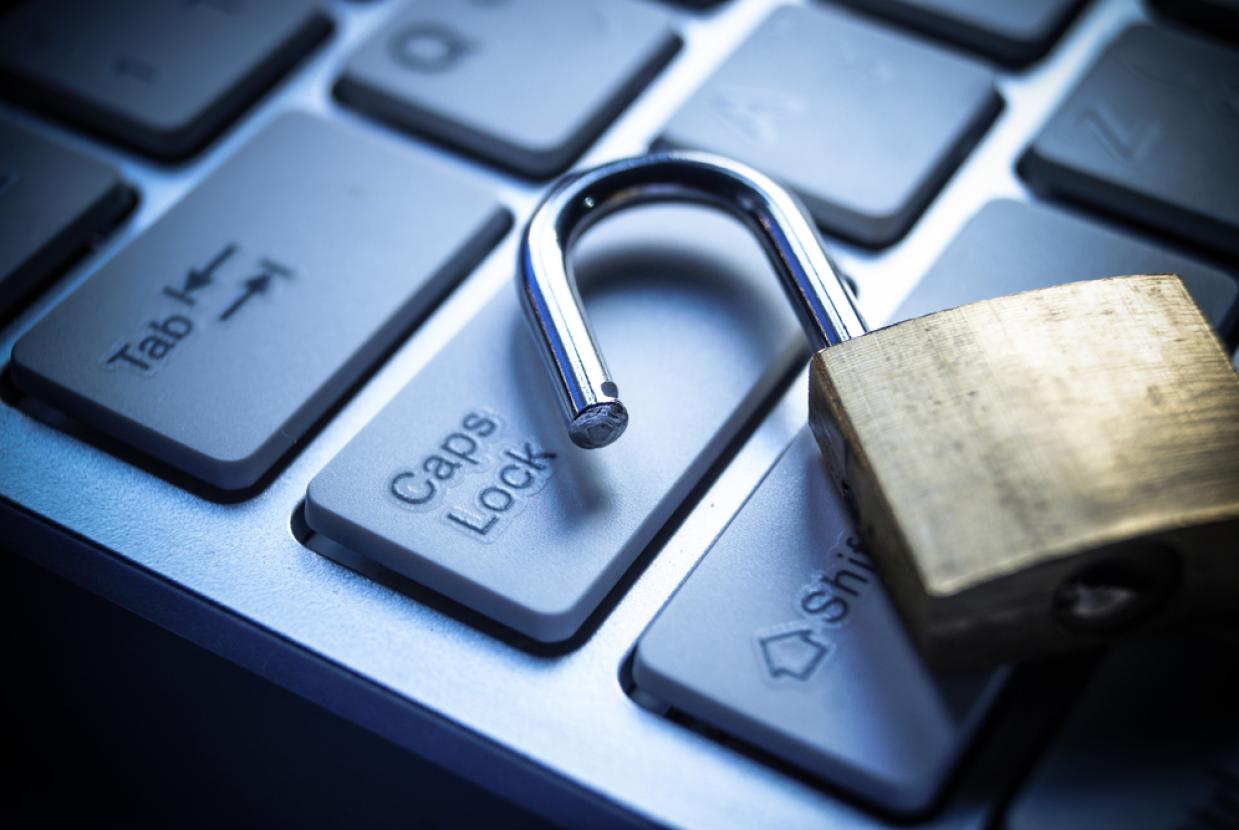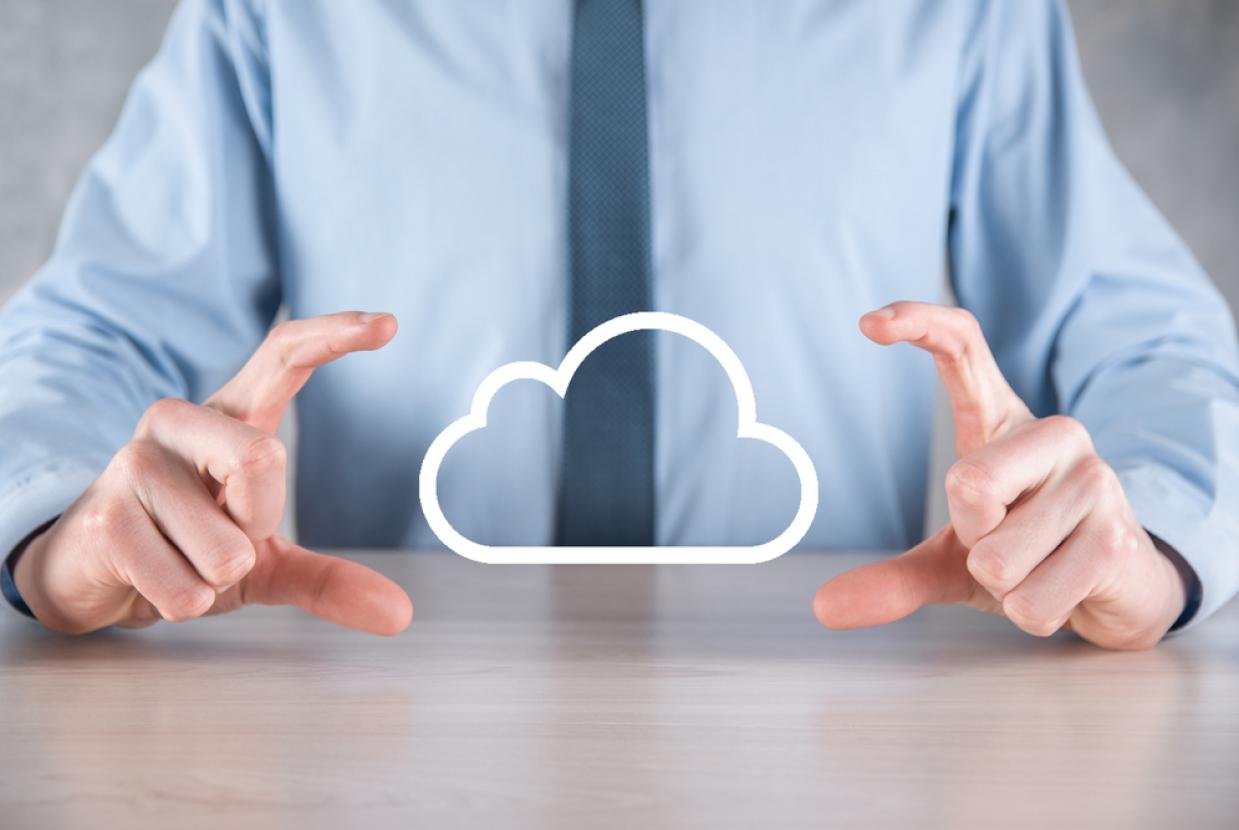E-Payments – Why, When & How To Use Them
Cyber Security / Managing Your MoneyWorried about giving out your credit or debit card details online? There is another option – an e-money account from a payment company such as PayPal, Apple Pay or Google Pay.
What e-payment companies offer and how to use them
An e-payment account is a way to send and receive money online without needing your credit or debit card details. More people now use e-payment companies because they can make it easier to transfer money and make purchases.
How does an e-payment account work?
There are two main ways that e-payment accounts work. You either:
- pay money into your e-money account using a payment card (when you shop online the money is deducted from your balance – or if you’re selling things, it’s added to your balance), or
- link your e-money account to your payment card. There’s no money in your account. (When you buy online, the e-payment company charges the money to your card – or pays it to your card, if you’re selling things).
How to use an e-payment company
The first step is choosing which e-payment company to use. Popular choices include PayPal, Apple Pay and Google Pay. When you’ve chosen a company, most will ask you to:
- set up an account – register your details and follow the instructions
- connect a bank card – enter your credit or debit card details.
When you’re registered, you’ll be able to pay for purchases using your new account details.
What does it cost?
It’s usually free to use e-payment services to buy things – although you might be charged for selling. These companies make their money by charging retailers.
You might be charged for making or receiving payments in foreign currencies, or if you spend more money than you have access to.
PayPal also charges an ‘inactivity fee’ of up to £9 if you don’t log into or use your account for at least one year and your account has some money in it. If this applies to you, set a reminder to log into your account once a year to avoid the charge.
What are the drawbacks?
E-payment companies aren’t protected by the Financial Services Compensation Scheme (FSCS). This means you might not get compensation if your e-payment company goes out of business.
Even if you pay using a credit card through PayPal, or similar service, you won’t get the additional protection under section 75 of the Consumer Credit Act. When choosing a provider, check the service you’ll get and the protection it offers for your money.
PayPal does offer its own ‘Buyer Protection’ Scheme, but it’s not a guarantee that you’ll get your money back if things go wrong.
Contactless payments
What is contactless payment?
A contactless payment lets you pay for things with your credit or debit card without having to enter your PIN. All you do is wave your card directly over the yellow contactless payment card reader – or just tap it on the reader. You can also now connect your payment card to your smartphone to make contactless payments.
Is there a payment limit when using contactless?
Some debit cards let you pay up to £100 without using your PIN and make multiple contactless payments of up to £300 before a PIN is requested.
Both of these measures are to help stop unlimited spending on your card if you lose it or it gets stolen. If you register your card so you can use it with Apple Pay, Google Pay or Samsung Pay, there’s no single transaction limit. Some retailers still might have their own lower limits though.
How to prevent fraud on your contactless card
There are two safeguards the help to prevent excessive spending if your card does get stolen. These are the £100 spending limit, and a restriction on the number of contactless payments that can be made before the card PIN is requested, totalling £300.
However, there are still some steps you can take:
- Cancel your card straight away if you lose it. This will stop most payments from going through on the card.
- Keep your card in sight when making a payment. If you can’t see your card, you don’t know it isn’t being used to pay something you haven’t given permission for, or being put through a reader which could clone it.
- Keep receipts or check over your statement. This way, you’ll be sure how much you got charged, and can spot any charges you don’t recognise quickly.









